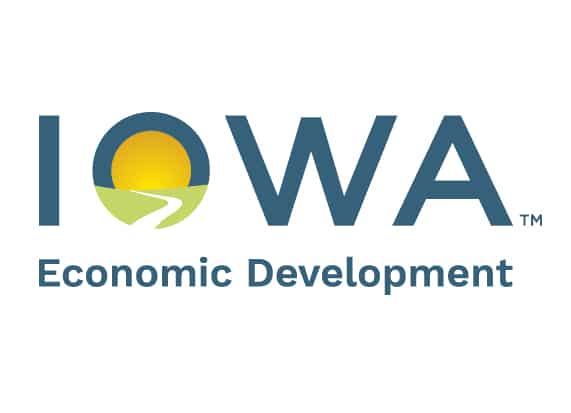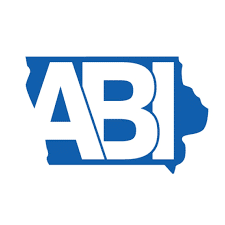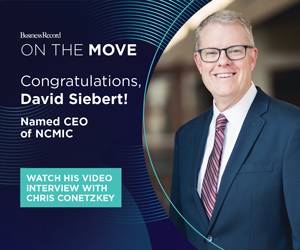Mercer survey: Nearly two-thirds of Midwest employers offer high-deductible plans

JOE GARDYASZ Oct 28, 2019 | 7:30 pm
2 min read time
462 wordsAll Latest News, Health and Wellness, InsuranceHealth benefit costs among Midwest employers increased an average 3.6% this year, outpacing an average rise nationally of 3%, according to a new survey of employer-sponsored health plans conducted by Mercer. However, the per-employee cost for employer-sponsored health plans in the Midwest and Iowa remains lower than the country as a whole.
For an eighth consecutive year, health plan costs have increased at a moderate single-digit rate, according to the annual Mercer National Survey of Employer-Sponsored Health Plans 2019, released today at the HLTH 2019 Conference in Las Vegas. Employers surveyed said they expect rates will continue to rise at a moderate pace next year as well.
Among the trends that Mercer officials noted from this year’s survey were:
- More attention by employers on addressing health care affordability for low-wage workers.
- A continued uptick in offerings and enrollments in high-deductible health plans.
- An increasing use of technologies such as telemedicine to try to manage costs.
In Mercer’s Great Plains region, which includes Iowa, Kansas, Missouri and Nebraska, the total health benefit cost for active employees increased 3.6% to an average of $12,519 per employee. By comparison, nationally the average total health benefit cost per employee grew 3% to reach $13,046, following an increase of 3.6% in 2018.
Other responses for the four-state Great Plains region included:
- 63% of respondents offered a high-deductible consumer-directed health plan (CDHP) paired with a health savings account or health reimbursement account.
- 61% of all employees covered in respondents’ health plans are enrolled in PPO plans, while 36% are enrolled in CDHP plans and 3% in HMOs.
- The average employee contribution amount for employee-only coverage is $140 monthly for a PPO plan, $94 monthly for an HSA-eligible CDHP and $129 monthly for an HMO.
“I’m pleased to see that employers in our Great Plains states are embracing high-deductible health benefit plans,” said Jim Green, a principal with Mercer’s Urbandale office. Green said he expects that in 2020 some 75% of employers will be offering them, with enrollment continuing to increase as well. “Really, there isn’t a reason not to offer it, as long as it’s coupled with sufficient education.”
Diverse workforce needs are also increasingly shaping health program design, the Mercer survey found. When asked about their priorities for the next five years, 42% of large and midsize employers (500 or more employees) identified “addressing healthcare affordability for low-paid employees” as an important or very important strategy.
The survey also revealed another surge in telemedicine, with nearly 9 out of 10 employers nationally now offering a program to their members. Use by employees is growing, although slowly. Last year, among employers offering telemedicine, on average 9% of eligible employees used it, up from 8% the prior year. About 1 in 7 employers reported utilization of 20% or higher.








